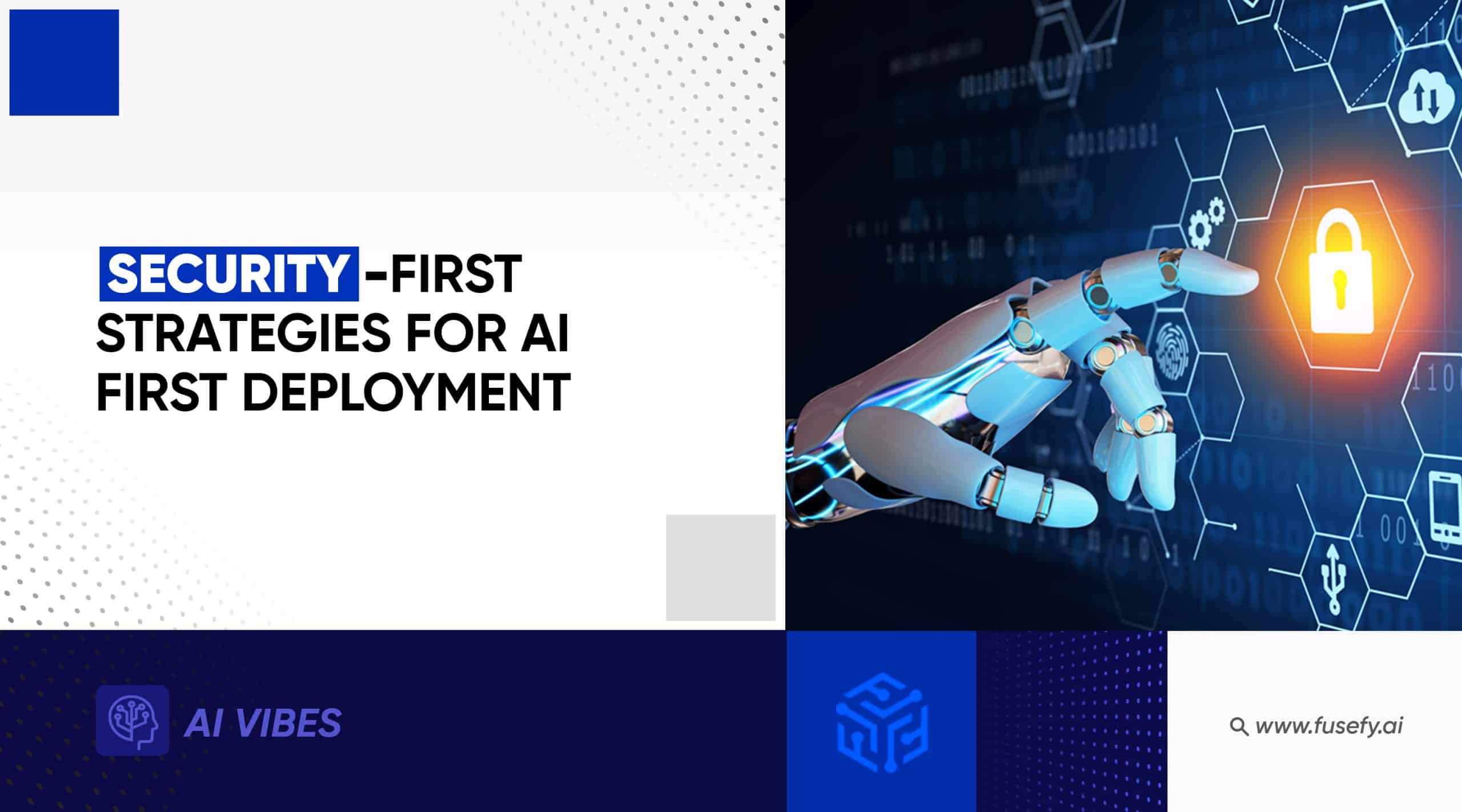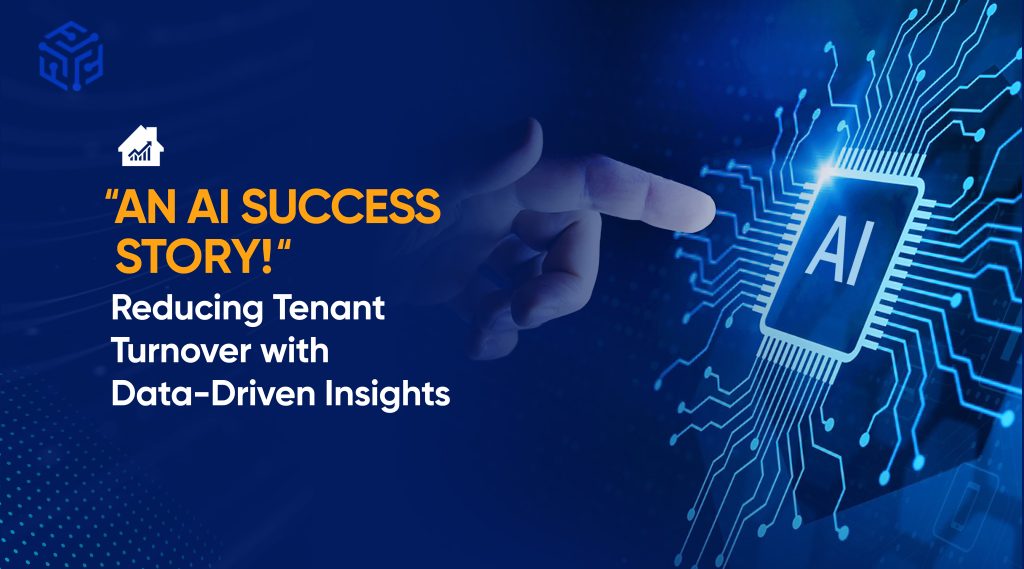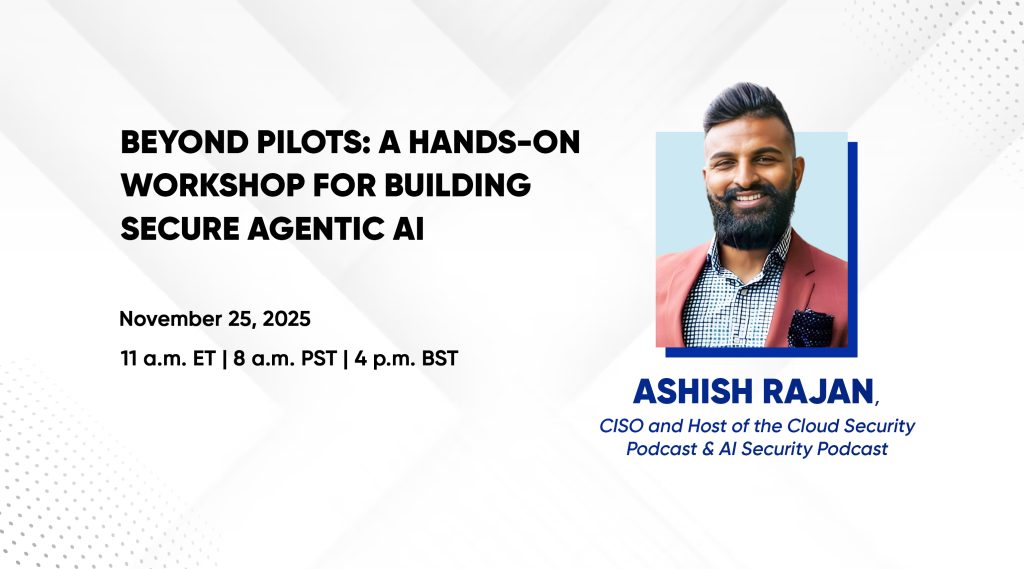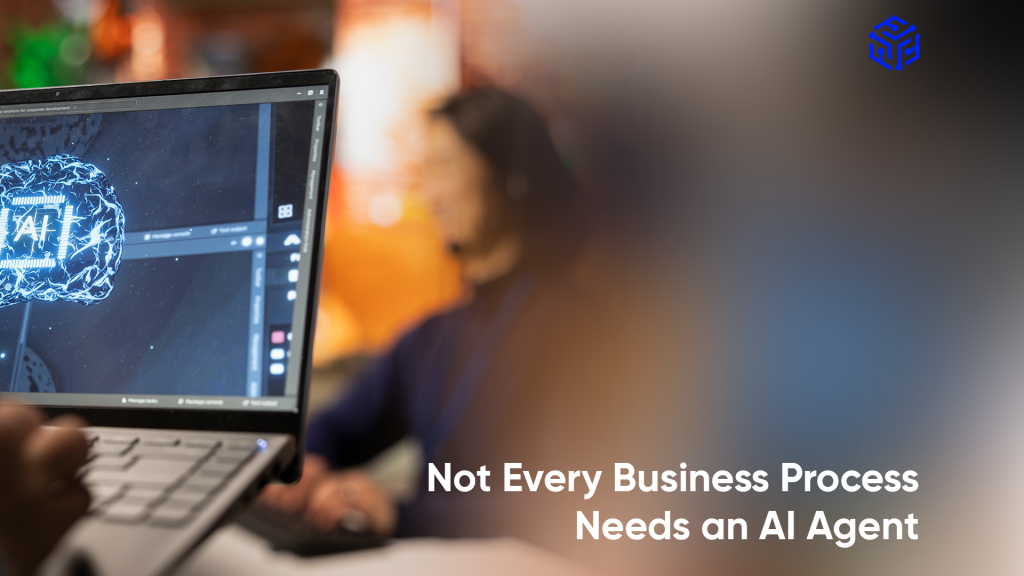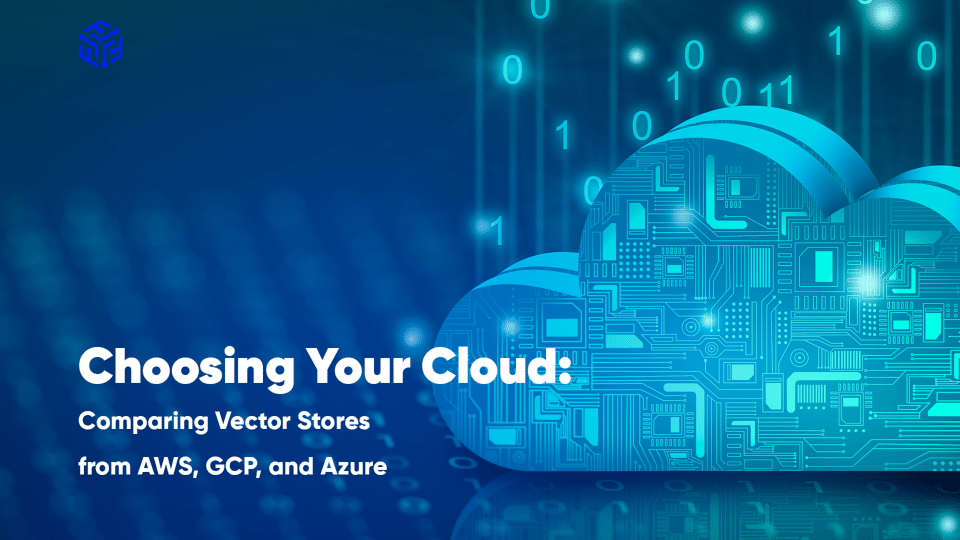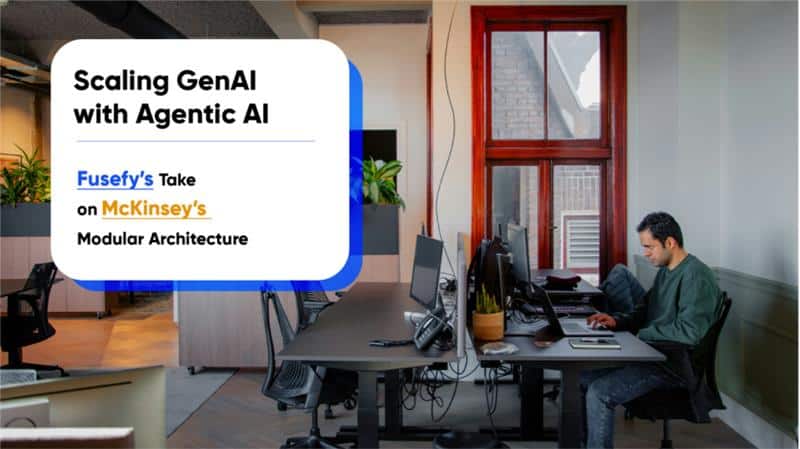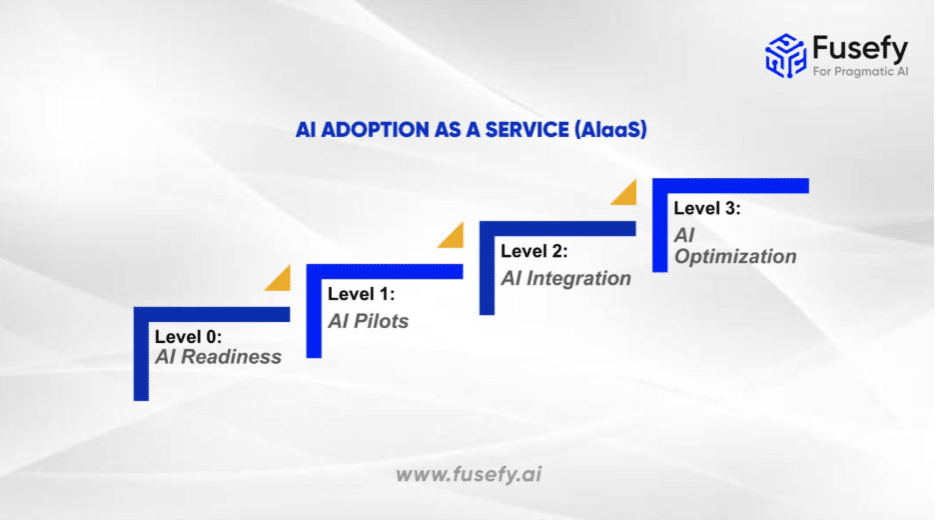In today’s rapidly evolving AI landscape, deploying AI systems securely is a critical priority. Organizations adopting AI-first strategies must embed robust security measures into their deployment processes to protect sensitive data, intellectual property, and regulatory compliance.
Fusefy, with its FUSE framework, offers a comprehensive approach to secure and compliant AI adoption, making it a trusted partner for organizations navigating this complex terrain.
Why Security Matters in AI Deployments
AI systems process vast amounts of sensitive data and operate in environments vulnerable to unique cyber threats such as:
-
- Model Manipulation: Altering the behavior of machine learning models.
- Data Poisoning: Corrupting training data to degrade model performance.
- Theft of Model Weights: Stealing intellectual property embedded in model parameters.
Without proper security measures, these risks can compromise data integrity, intellectual property, and compliance with regulations. Fusefy addresses these challenges by embedding security into every phase of AI deployment.
Key Security Strategies for AI Deployments
AI Agents are a high-value attack surface, given their access to tools, APIs, and sensitive data. To ensure safe and responsible use, organizations must enforce guardrails across the agent lifecycle — from deployment and execution to control and escalation.
1. Insecure Deployments
Risk: Improper deployment practices (e.g., outdated agents, unsigned code) expose the environment to supply chain attacks and unpatched vulnerabilities.
Guardrails:
-
- Automate patch management and updates.
- Enforce signed deployments and verify integrity.
- Use trusted registries and CI/CD pipelines with secure defaults.
2. Overprivileged Access
Risk: Agents with excessive permissions can be fully compromised if exploited.
Guardrails:
-
- Apply least privilege and role-based access controls.
- Use strong authentication and authorization (OAuth, JWT, mutual TLS).
- Continuously audit agent permissions.
3. Confused Deputy Attacks
Risk: Agents may be manipulated to perform unauthorized actions on behalf of malicious clients.
Guardrails:
-
- Enforce client authentication and mutual trust validation.
- Verify caller identity and request context.
- Log and monitor delegated actions.
4. Remote Execution and Takeover
Risk: Malicious input or abuse of exposed interfaces can lead to arbitrary code execution and agent hijacking.
Guardrails:
-
- Isolate execution environments with sandboxing.
- Perform strict input validation and enforce command whitelisting.
- Monitor execution paths and detect anomalies in real-time.
5. Sensitive Operations Without Human-in-the-Loop (HITL)
Risk: Agents performing high-impact actions (e.g., data deletion, system shutdowns) without explicit user confirmation can lead to irreversible damage.
Guardrails:
-
- Require HITL approval for sensitive operations.
- Implement multi-stage confirmation workflows.
- Alert and log all critical actions for audit and review.
Conclusion
As organizations embrace AI-first strategies, a security-first mindset is essential. By implementing these strategies and guardrails, organizations can innovate confidently while safeguarding their systems against emerging threats.
Fusefy’s FUSE framework ensures secure AI adoption by embedding security, compliance, governance, and risk management throughout the AI lifecycle. With Fusefy at the forefront of secure AI adoption, enterprises can address trust, risk, and compliance challenges while deploying scalable and ethical solutions in today’s dynamic AI environment.
AUTHOR
Sindhiya Selvaraj
With over a decade of experience, Sindhiya Selvaraj is the Chief Architect at Fusefy, leading the design of secure, scalable AI systems grounded in governance, ethics, and regulatory compliance.
